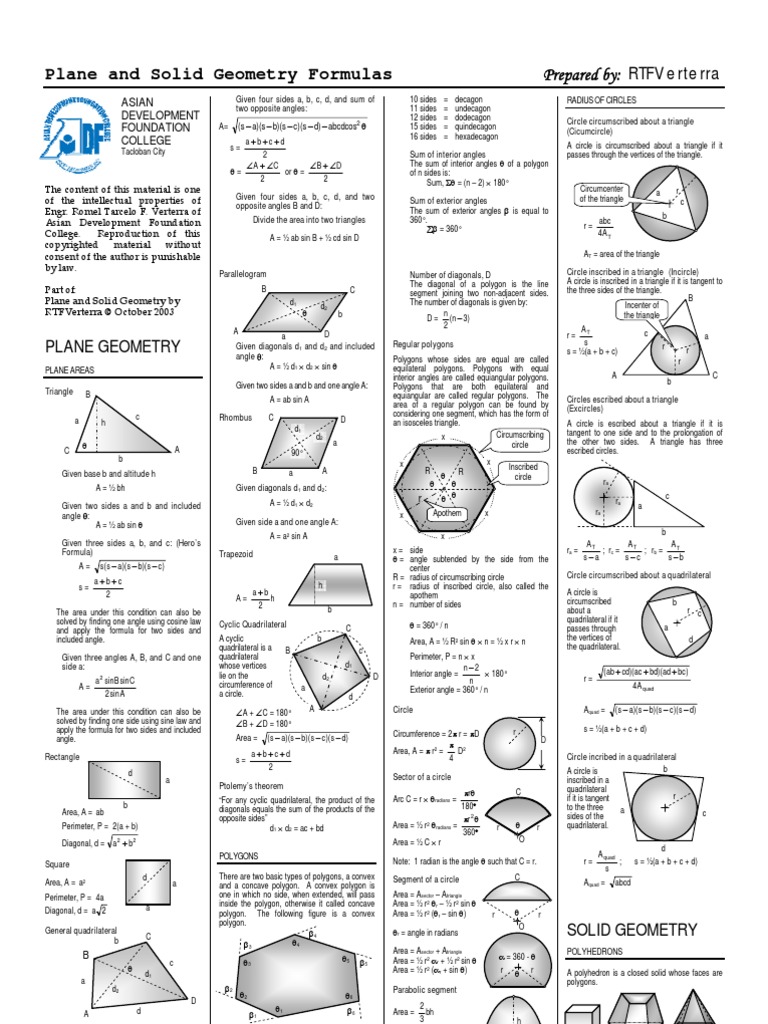
Pdf Handbook Of Convex Geometry Volume Area
Handbook of Convex Geometry, Volume A offers a survey of convex geometry and its many ramifications and relations with other areas of mathematics, including convexity, geometric inequalities, and convex sets. The selection first offers information on the history of convexity, characterizations of convex sets, and mixed volumes. Topics include elementary convexity, equality in the Aleksandrov-Fenchel inequality, mixed surface area measures, characteristic properties of convex sets in analysis and differential geometry, and extensions of the notion of a convex set. The text then reviews the standard isoperimetric theorem and stability of geometric inequalities. The manuscript takes a look at selected affine isoperimetric inequalities, extremum problems for convex discs and polyhedra, and rigidity. Discussions focus on include infinitesimal and static rigidity related to surfaces, isoperimetric problem for convex polyhedral, bounds for the volume of a convex polyhedron, curvature image inequality, Busemann intersection inequality and its relatives, and Petty projection inequality.
Citation: Proceedings of the CUPM Geometry Conference, Mathematical. Znak dlya pischevoj produkcii vektor windows 7. Society Conference on Computer Vision and Pattern Recognition, volume 2, pages. Kluwer, 2000.
The book then tackles geometric algorithms, convexity and discrete optimization, mathematical programming and convex geometry, and the combinatorial aspects of convex polytopes. The selection is a valuable source of data for mathematicians and researchers interested in convex geometry. This is a comprehensive treatment of Minkowski geometry. The author begins by describing the fundamental metric properties and the topological properties of existence of Minkowski space. This is followed by a treatment of two-dimensional spaces and characterizations of Euclidean space among normed spaces. The central three chapters present the theory of area and volume in normed spaces--a fascinating geometrical interplay among the various roles of the ball in Euclidean space.
Later chapters deal with trigonometry and differential geometry in Minkowski spaces. The book ends with a brief look at J. Schaffer's ideas on the intrinsic geometry of the unit sphere. Invariant, or coordinate-free methods provide a natural framework for many geometric questions. Invariant Methods in Discrete and Computational Geometry provides a basic introduction to several aspects of invariant theory, including the supersymmetric algebra, the Grassmann-Cayler algebra, and Chow forms. It also presents a number of current research papers on invariant theory and its applications to problems in geometry, such as automated theorem proving and computer vision.